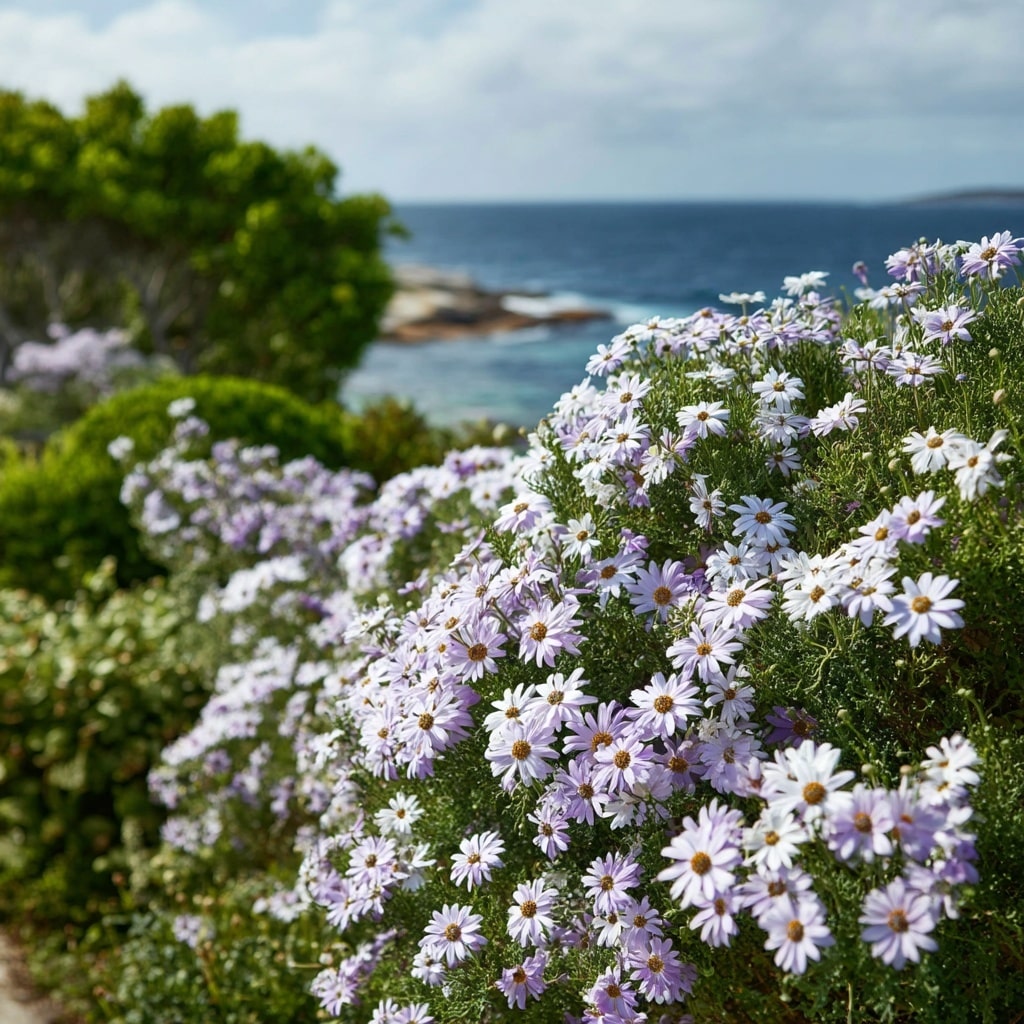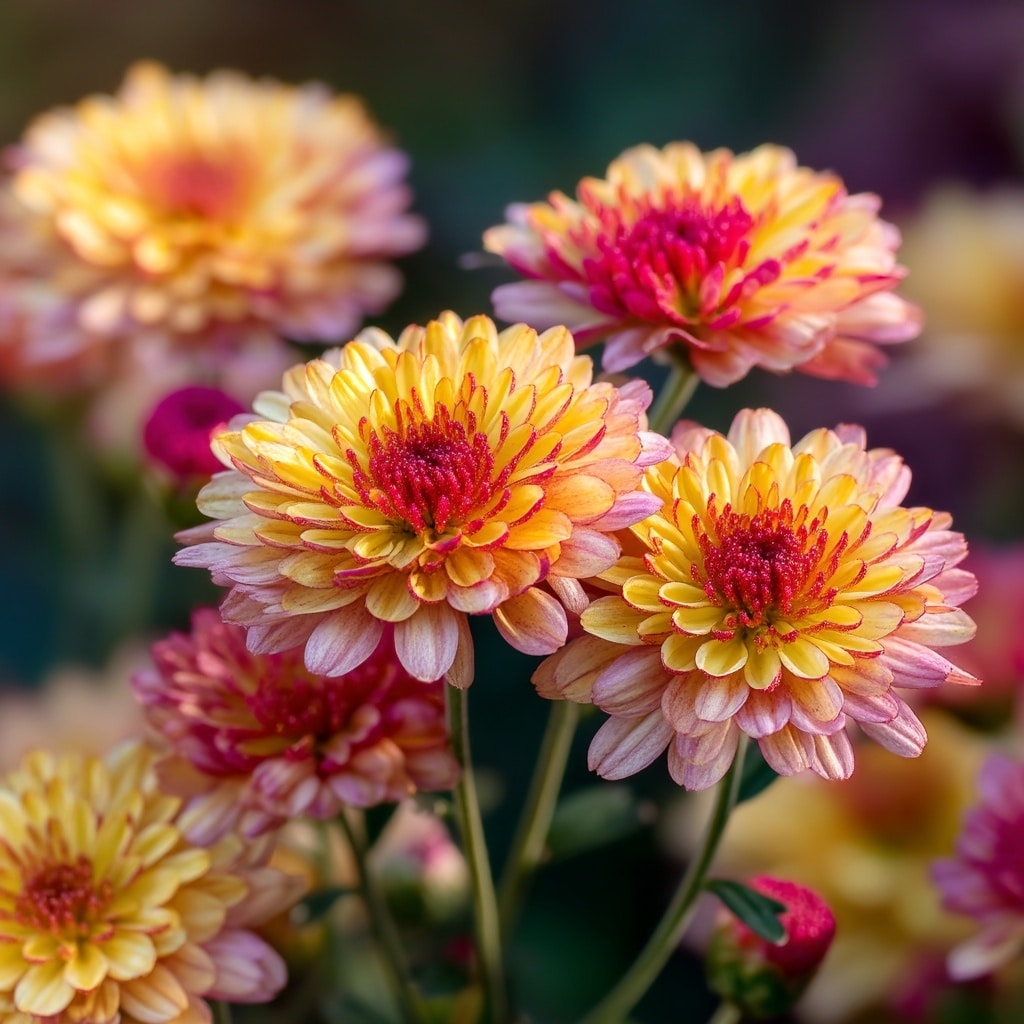Daisy enthusiasts will delight in how many plants echo the cheerful simplicity of their beloved bloom. Whether you want to expand your garden palette or bring continuity to your floral beds, identifying flowers that resemble the daisy can add cohesion, color, and visual harmony.
In this guide, you’ll discover 18 stunning flowers that mimic the classic daisy—from hardy perennials to delicate coastal varieties. Each plant offers its own charm while preserving that familiar daisy-like shape and sunny appeal. We’ll highlight key features, preferred growing conditions, and planting tips to help you pick the right blooms for your garden.
Table of Contents
1. Mums (Chrysanthemums)
Mums are among the most versatile flowers that mirror the daisy look, especially in fall gardens. Their round, layered blooms bring bursts of color long after most summer flowers fade. Available in hues like gold, pink, white, and bronze, they offer the cheerful charm of daisies with a fuller, more structured form.
Growing tips:
- Sunlight: Full sun
- Soil: Well-drained and nutrient-rich
- Care: Pinch back early growth in summer for bushier blooms
Pro tip: Plant Mums in clusters for maximum color impact and long-lasting autumn displays.
2. Purple Coneflower (Echinacea purpurea)
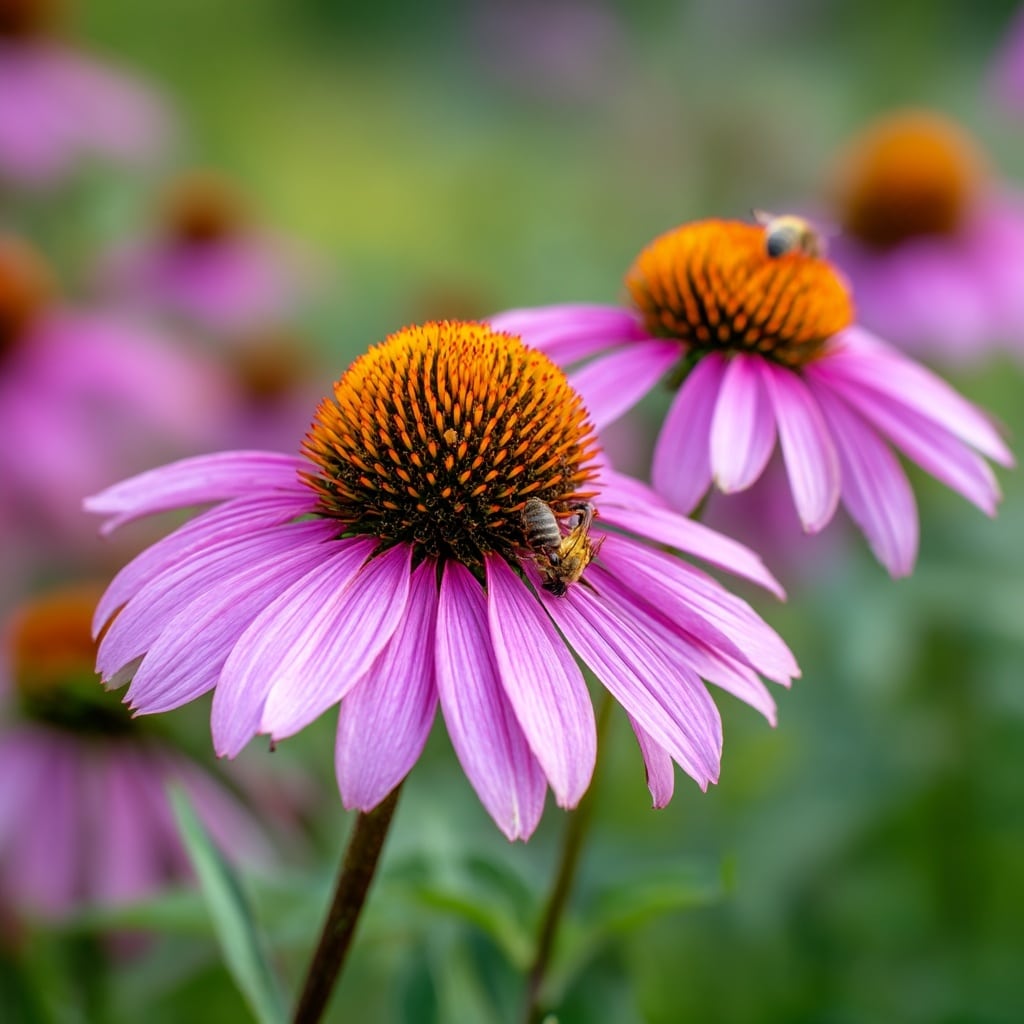
The Purple Coneflower is a native wildflower with a daisy-like appearance and a striking central cone. Its large purple petals and golden-orange center attract bees and butterflies, making it both beautiful and pollinator-friendly.
Growing tips:
- Sunlight: Full sun to light shade
- Soil: Moderately rich, well-drained
- Bloom Time: Summer to early fall
Fun fact: Coneflowers are drought-tolerant and resilient, perfect for gardeners who love low-maintenance daisy-style plants.
3. Blanket Flower (Gaillardia)
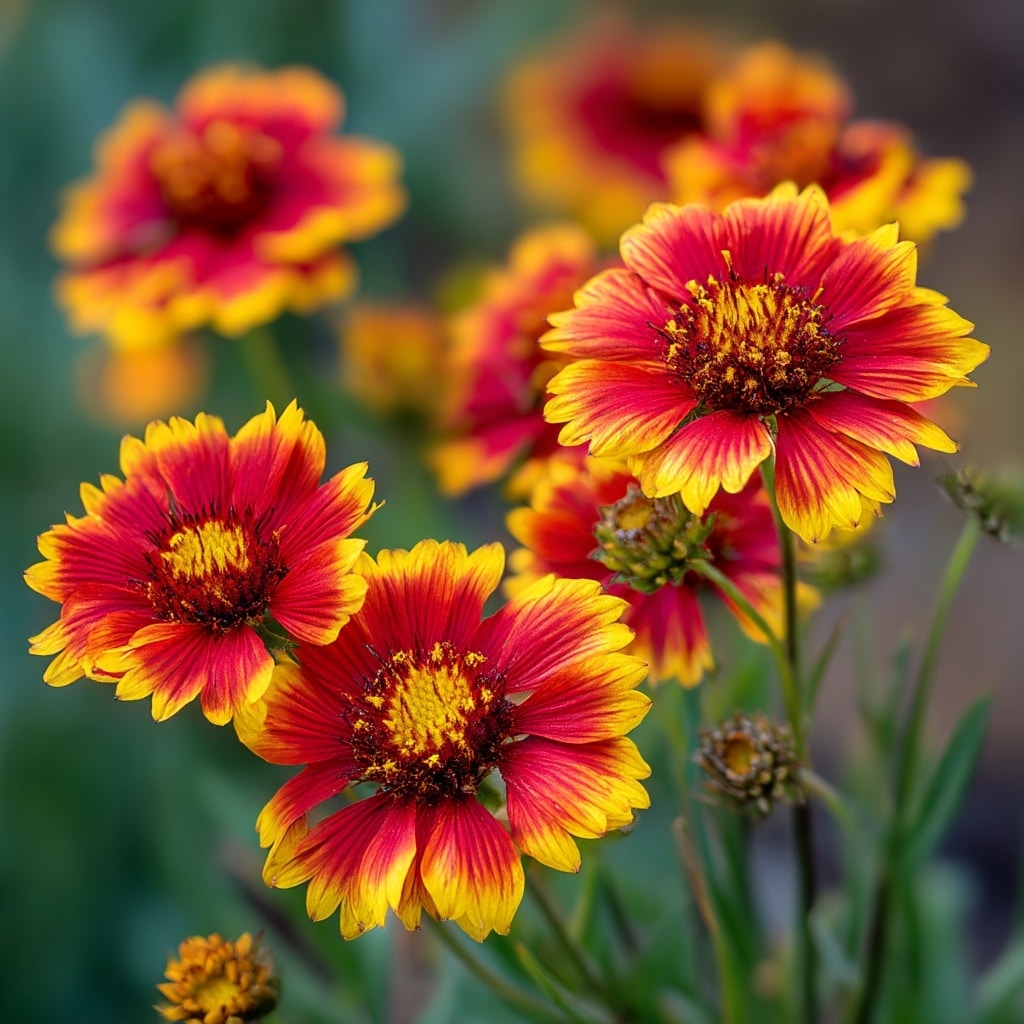
Blanket flowers are known for their fiery red and yellow petals that radiate warmth and brightness — just like a tropical version of a daisy. They bloom from early summer until frost, creating a lively burst of color in borders and containers.
Growing tips:
- Sunlight: Full sun
- Soil: Sandy, well-drained
- Maintenance: Deadhead spent flowers to extend blooming
Bonus: They thrive in poor soil and dry climates, making them excellent for low-water gardens.
4. Sneezeweed (Helenium autumnale)
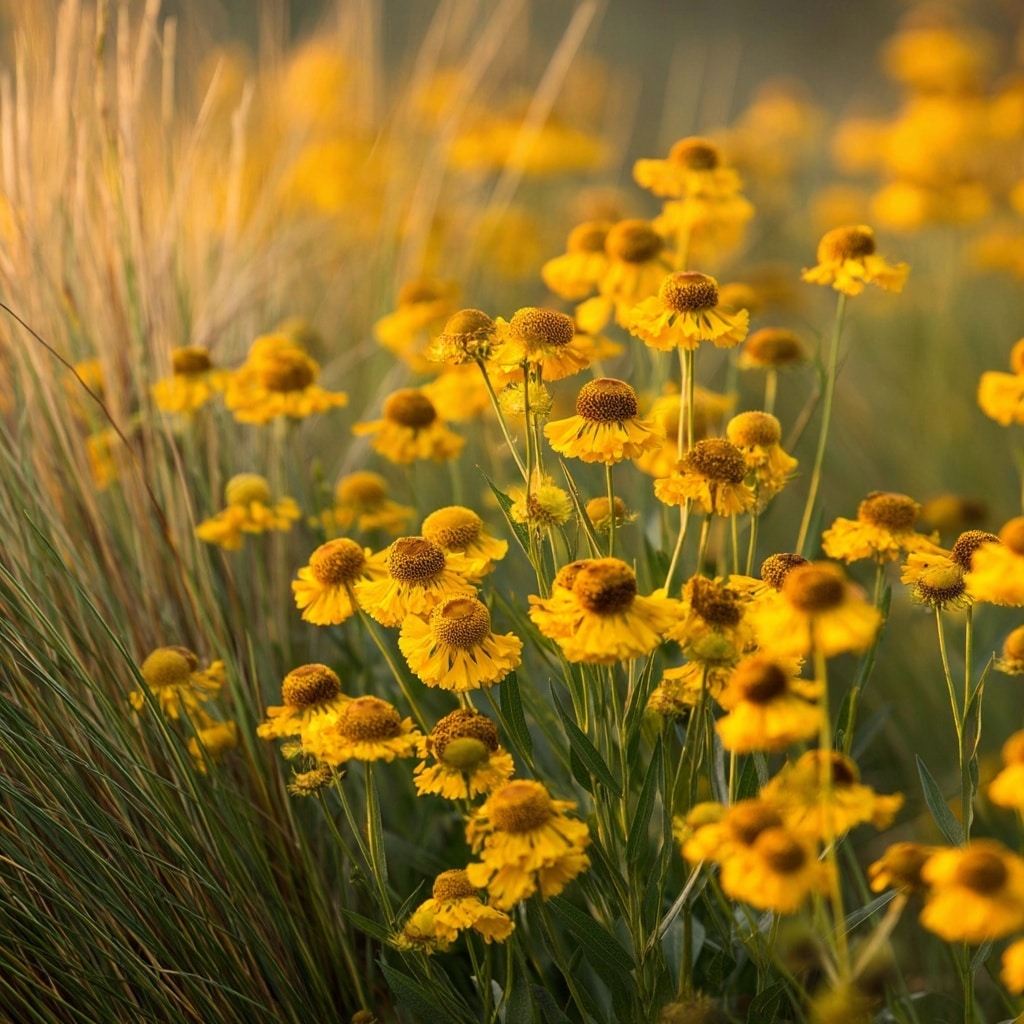
Sneezeweed might sound unusual, but it’s a garden gem that mirrors the daisy shape beautifully. With its sunny yellow petals and bold central disk, it brings late-summer cheer when most other blooms begin to fade. Despite its name, sneezeweed doesn’t cause allergies — it actually got its name from a time when its dried leaves were used in snuff!
Growing tips:
- Sunlight: Full sun
- Soil: Moist, well-drained
- Bloom Time: Late summer to early fall
Garden tip: Mix sneezeweed with ornamental grasses for an eye-catching, prairie-style effect that feels wild yet elegant.
5. African Daisy (Osteospermum)
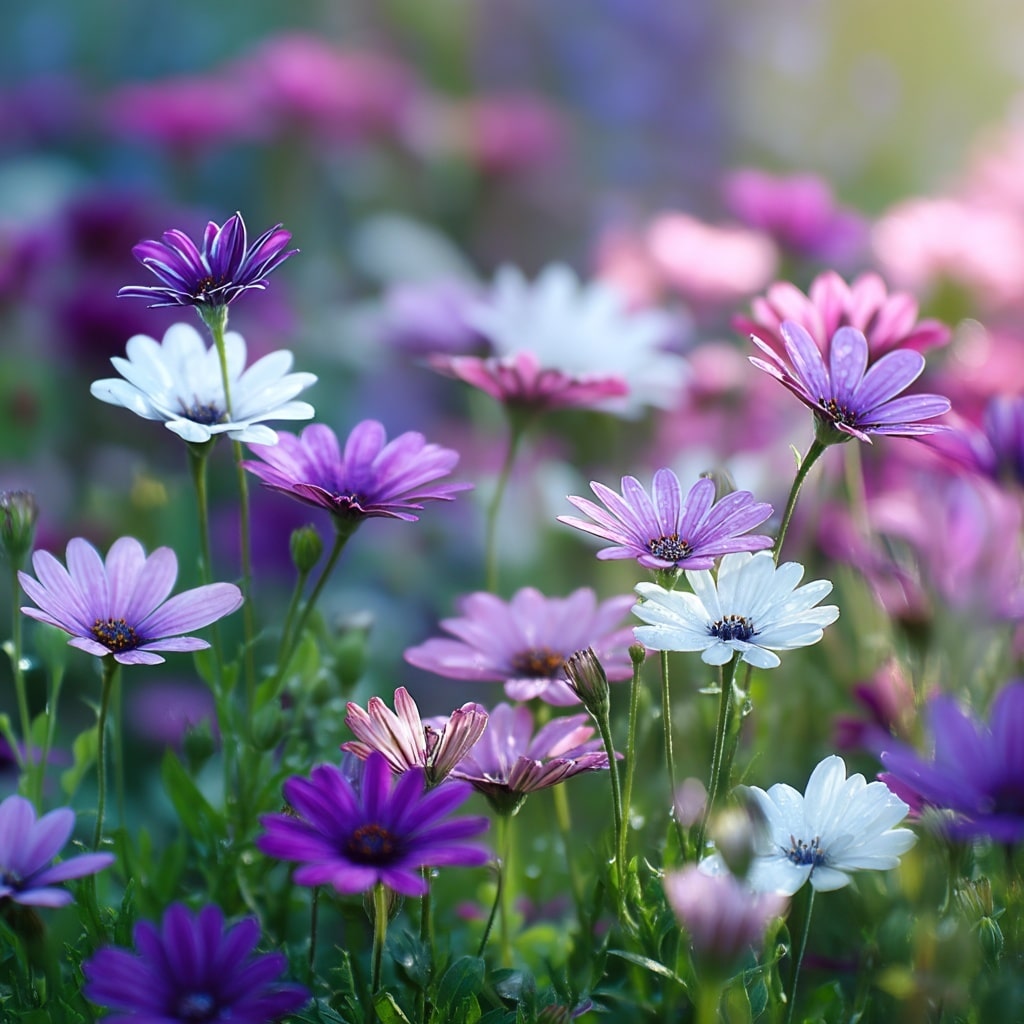
The African Daisy is a stunning variety that blends exotic color with the familiar daisy structure. Known for its striking shades of purple, pink, and white — and even bi-color patterns — this flower opens in the sun and closes at night, giving your garden a dynamic, ever-changing look.
Growing tips:
- Sunlight: Full sun
- Soil: Well-drained, sandy or loamy
- Bloom Time: Spring through fall
Pro tip: Deadhead regularly to extend blooming and maintain vibrant displays.
6. Baby Sun Rose (Aptenia cordifolia)
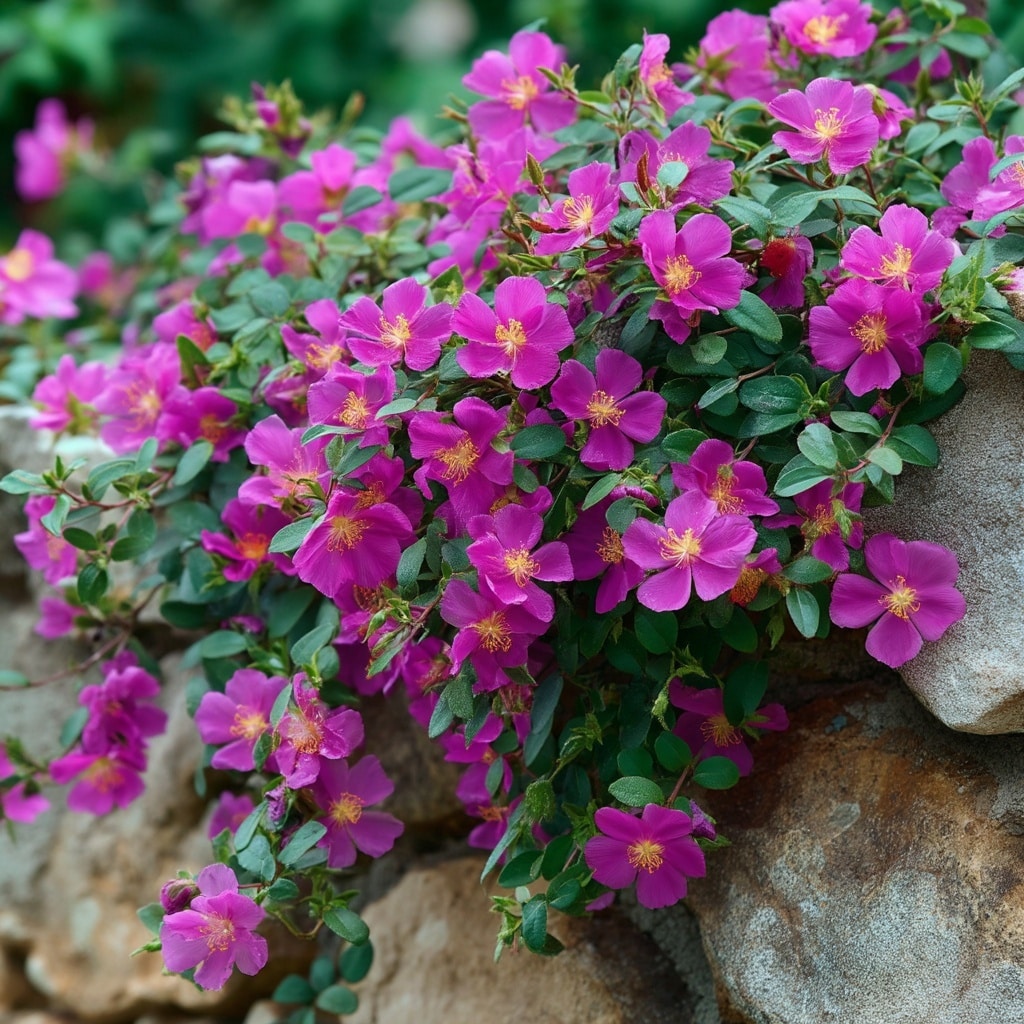
This succulent groundcover boasts small, daisy-like blooms in hot pink or magenta that pop against thick, heart-shaped green leaves. It’s ideal for hanging baskets, rock gardens, or as a border plant where it can trail gracefully over edges.
Growing tips:
- Sunlight: Full sun to partial shade
- Soil: Well-drained, sandy
- Water: Low — drought-tolerant once established
Bonus: The Baby Sun Rose thrives in hot, dry climates and doubles as a great pollinator-friendly plant.
7. Trailing Iceplant (Delosperma cooperi)
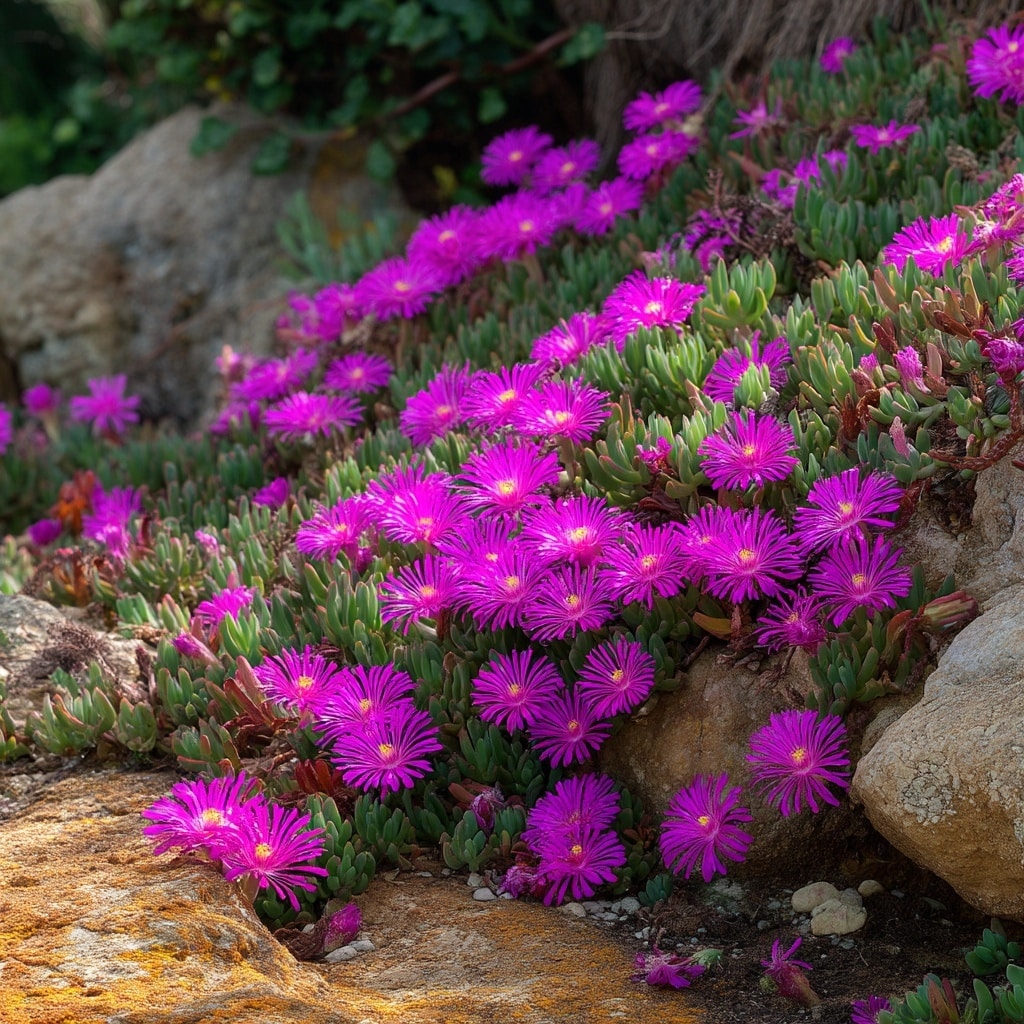
For gardeners seeking color that lasts, the Trailing Iceplant delivers months of vibrant daisy-like blooms. Its star-shaped flowers cover dense mats of fleshy green foliage, creating a glowing carpet effect. Perfect for erosion control or sunny slopes.
Growing tips:
- Sunlight: Full sun
- Soil: Dry, rocky, or sandy
- Bloom Time: Spring through late summer
Pro tip: Combine it with other low-growing succulents for a textured, colorful groundcover that thrives with minimal care.
8. Scilly Daisy Bush (Olearia x scilloniensis)
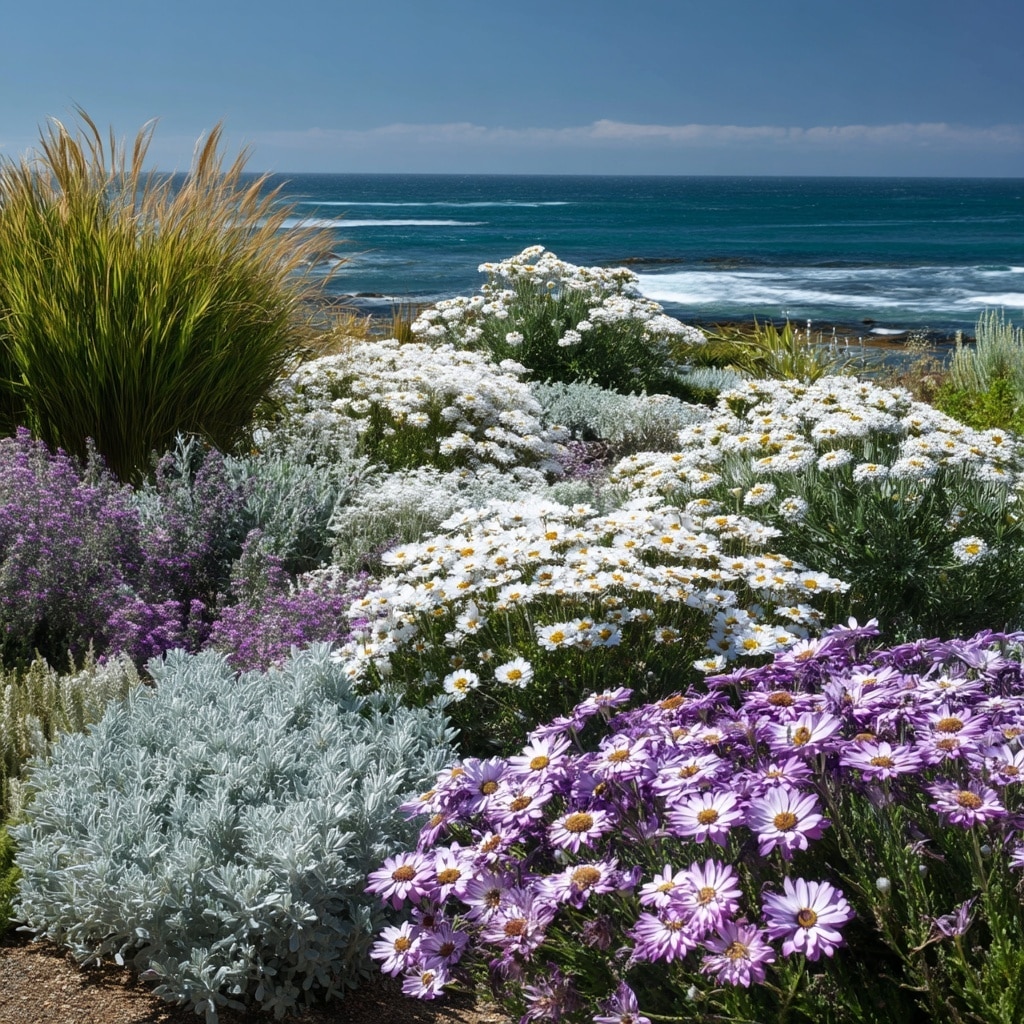
The Scilly Daisy Bush is a charming evergreen shrub that perfectly mimics the daisy look while offering year-round appeal. Native to coastal regions, it produces clusters of white or lilac daisy-like flowers with yellow centers. Its silver-green foliage adds texture and contrast to garden borders or seaside landscapes.
Growing tips:
- Sunlight: Full sun
- Soil: Well-drained, sandy
- Bloom Time: Late spring to early summer
Pro tip: Excellent for coastal gardens — it tolerates salty air and wind effortlessly.
9. Engelmann Daisy (Engelmannia peristenia)
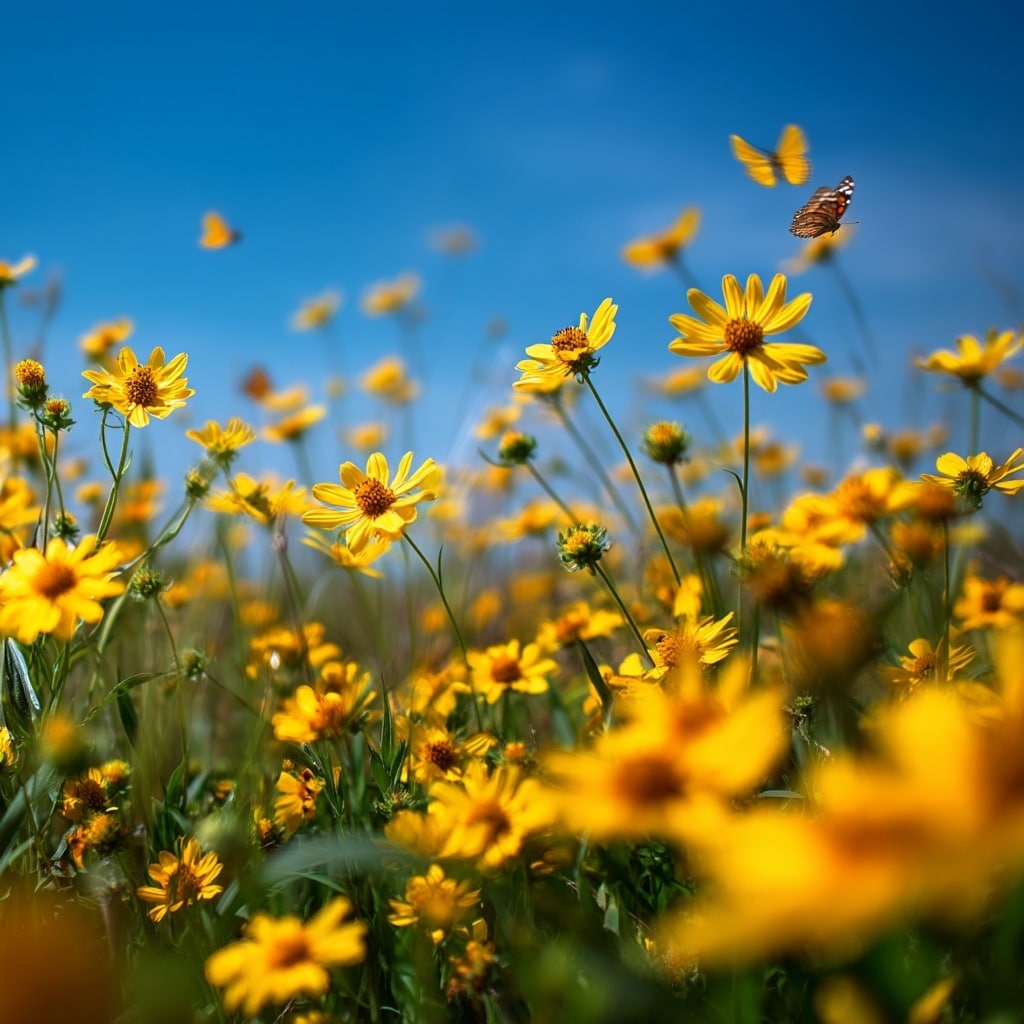
A true native beauty, the Engelmann Daisy is hardy, long-blooming, and ideal for naturalistic gardens. Its bright yellow petals and textured centers resemble wild daisies and attract butterflies all summer long.
Growing tips:
- Sunlight: Full sun
- Soil: Dry to medium, well-drained
- Bloom Time: Spring through summer
Bonus: Once established, this flower requires minimal water and care, thriving even in poor soils — perfect for eco-friendly gardeners.
10. Painted Daisy (Tanacetum coccineum)
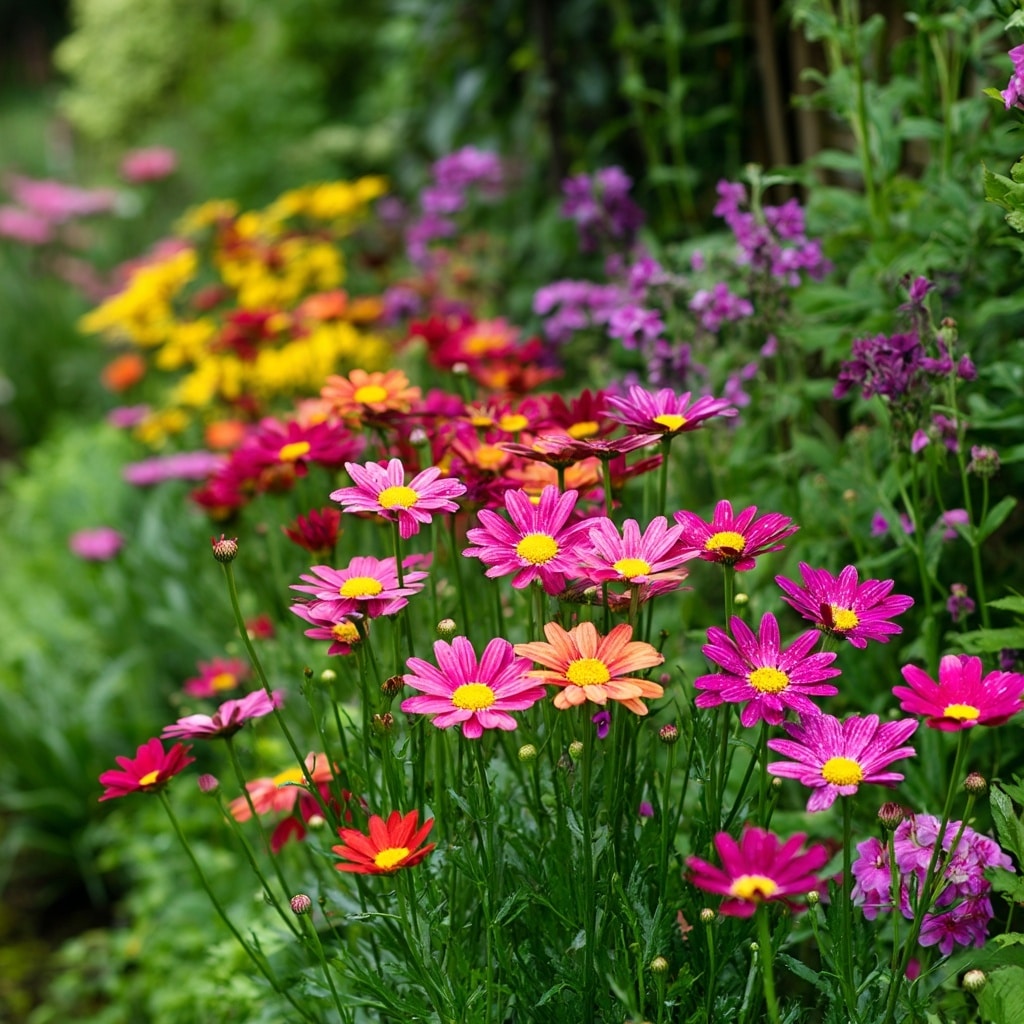
Painted Daisies bring the daisy look to life with vivid reds, pinks, and magentas — ideal for brightening borders and cutting gardens. Their colorful petals surround sunny yellow centers, adding both cheer and texture to your floral display.
Growing tips:
- Sunlight: Full sun
- Soil: Rich, moist, well-drained
- Bloom Time: Late spring to midsummer
Garden tip: Remove faded blooms regularly to encourage continuous flowering and prevent legginess.
11. Aylostera Heliosa (Rebutia heliosa)
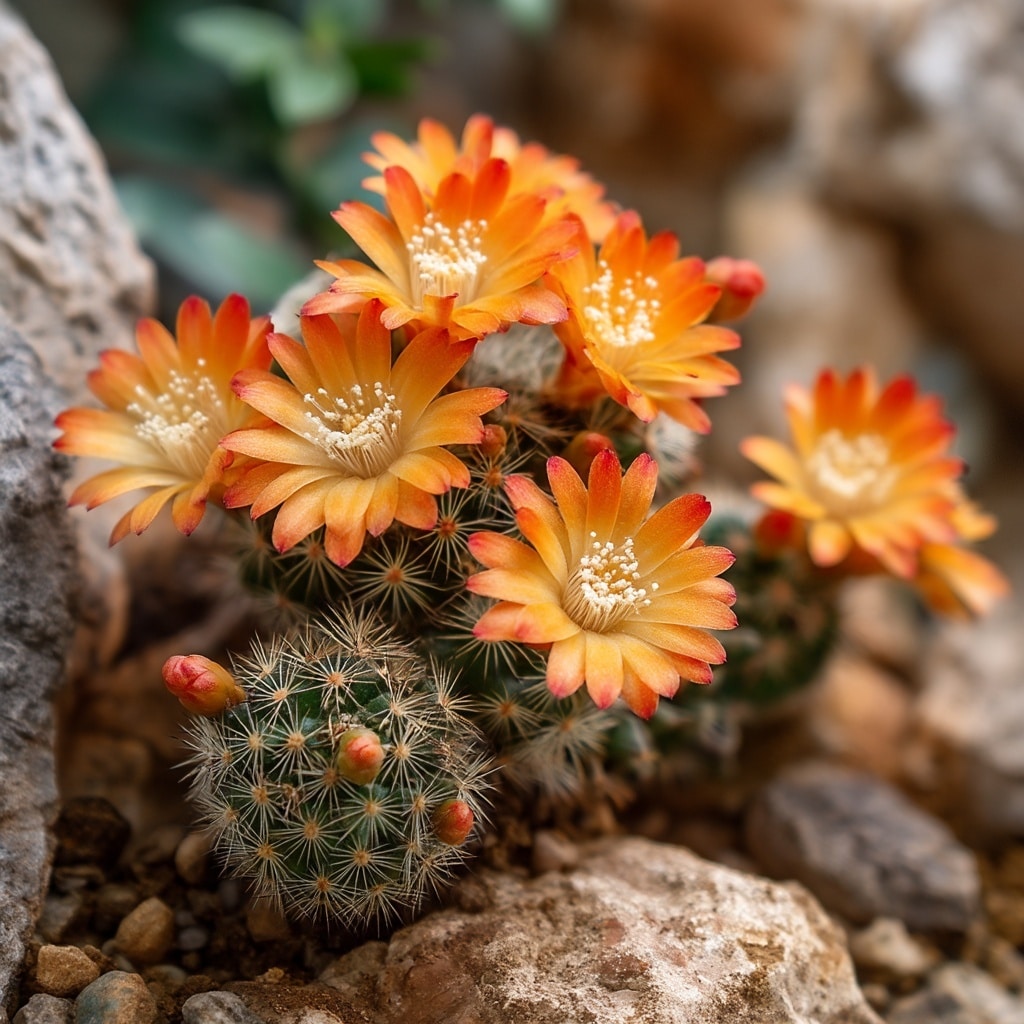
A surprising addition to the daisy-like family, Aylostera Heliosa is a cactus that bursts into clusters of bright orange blooms resembling tiny daisies. Compact and eye-catching, it’s perfect for rock gardens or sunny patios.
Growing tips:
- Sunlight: Full sun
- Soil: Cactus mix or sandy, well-drained
- Water: Minimal; allow soil to dry between watering
Pro tip: Keep it indoors during cold months, and you’ll enjoy its fiery blooms year after year.
12. Zinnia (Zinnia elegans)
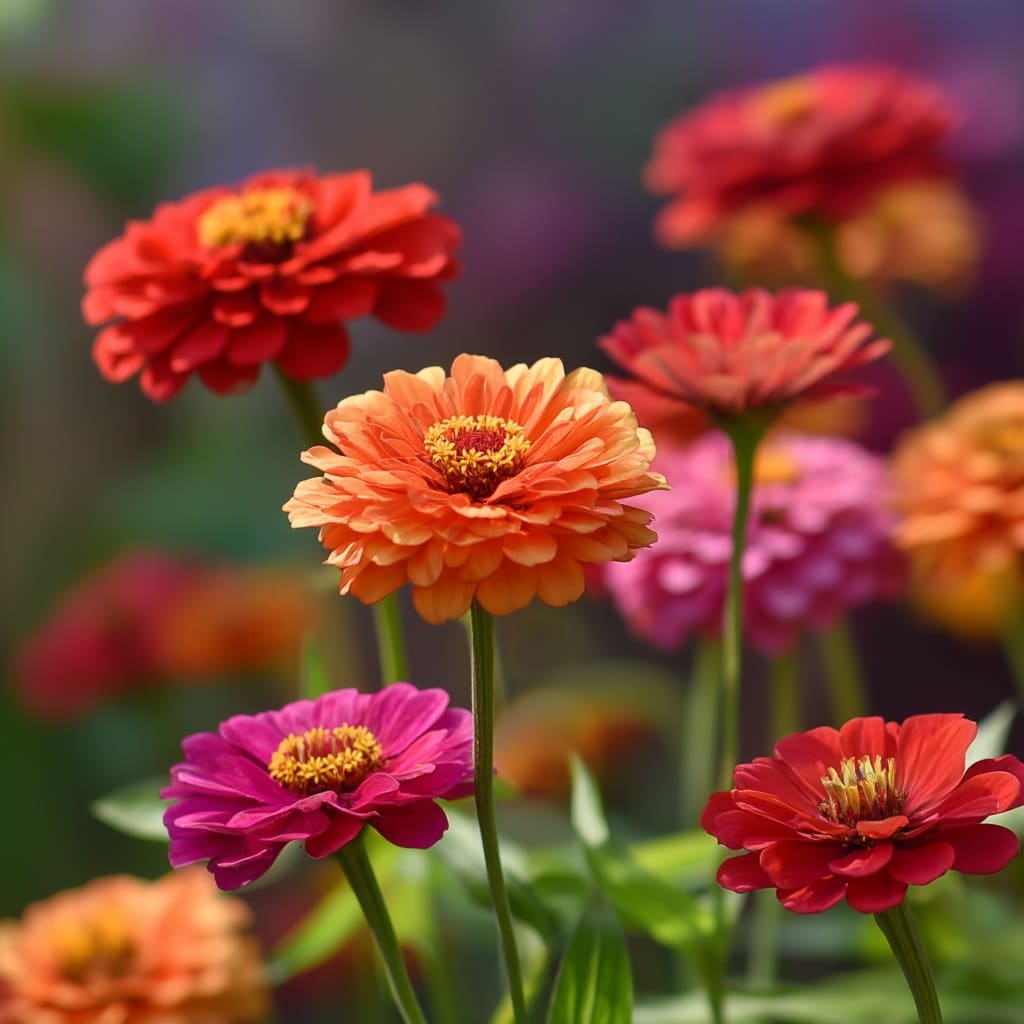
Zinnias are one of the easiest annuals to grow and a perfect substitute for the daisy look. Their bold, layered petals come in a rainbow of colors — from scarlet and coral to golden yellow and white. These cheerful blooms attract butterflies and thrive in summer heat, making them a staple for vibrant gardens.
Growing tips:
- Sunlight: Full sun
- Soil: Fertile, well-drained
- Bloom Time: Late spring through frost
Pro tip: Regular deadheading keeps zinnias blooming non-stop and prevents mildew in humid climates.
13. Compass Plant (Silphium laciniatum)
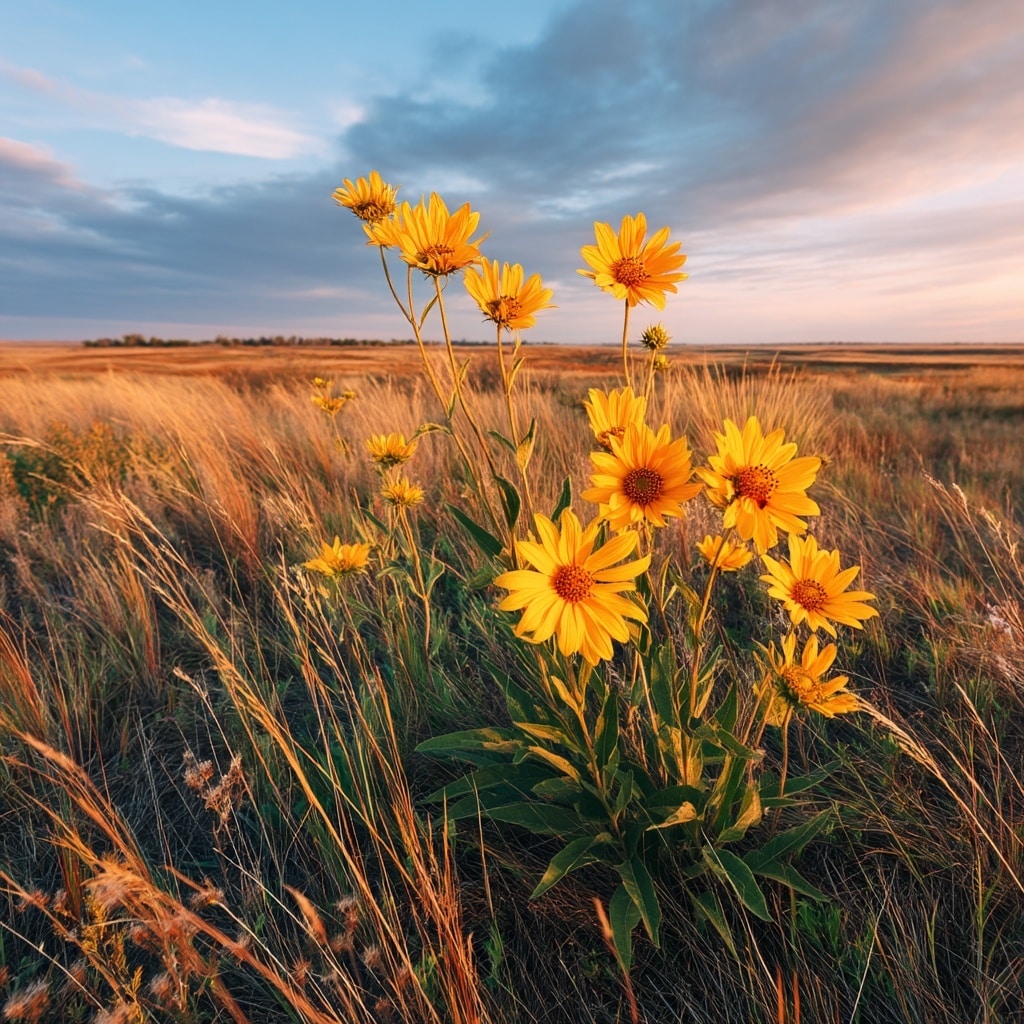
Standing tall and proud, the Compass Plant is a native wildflower with large yellow daisy-like blooms that follow the sun. Its deeply cut leaves and towering height (up to 9 feet) make it a dramatic statement piece for meadows and prairie-style gardens.
Growing tips:
- Sunlight: Full sun
- Soil: Deep, well-drained
- Bloom Time: Midsummer to fall
Fun fact: Its name comes from how the leaves align north to south — a natural compass for explorers and gardeners alike.
14. Seaside Daisy (Erigeron glaucus)
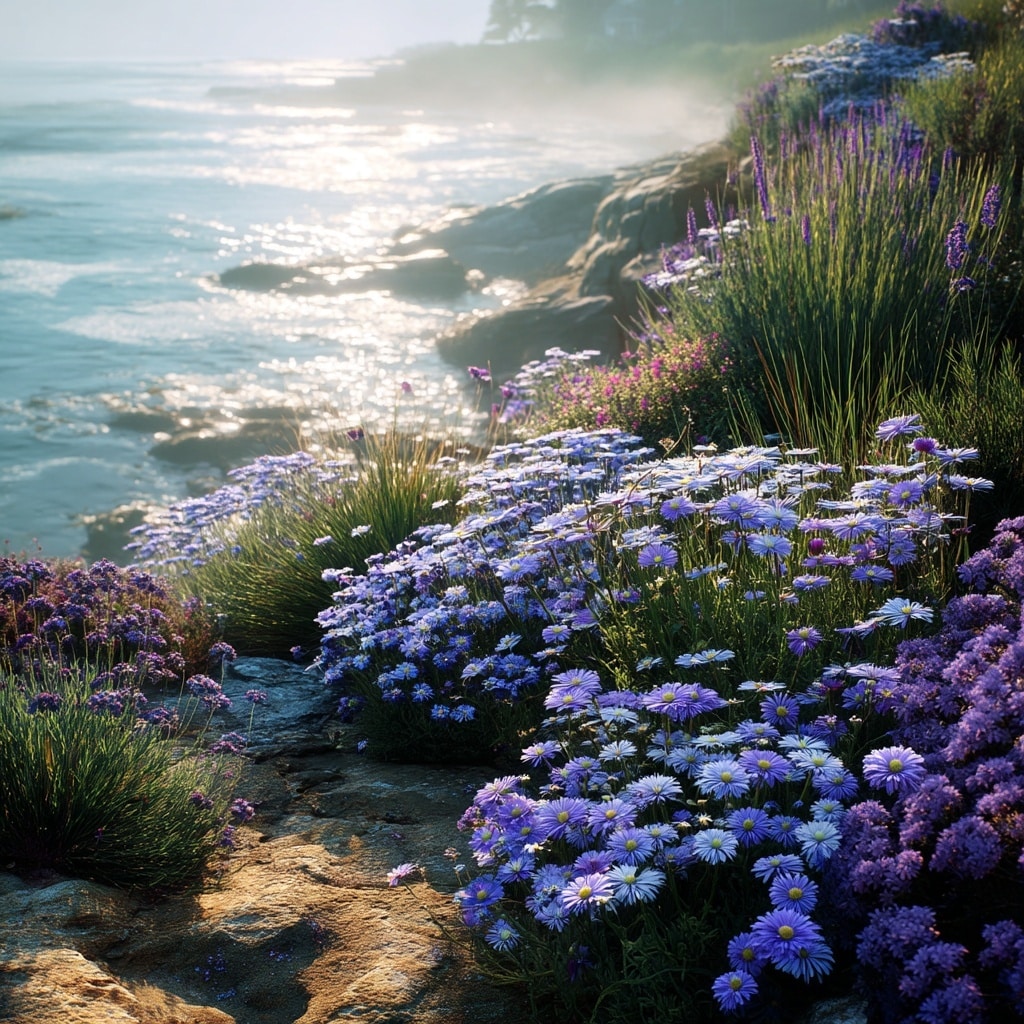
The Seaside Daisy thrives in coastal conditions and adds soft, pastel beauty to borders and rock gardens. Its lavender-blue petals with golden centers create a gentle, calming atmosphere reminiscent of wild daisy fields along the shore.
Growing tips:
- Sunlight: Full sun to partial shade
- Soil: Sandy, well-drained
- Bloom Time: Spring through fall
Pro tip: Excellent for pollinator gardens and seaside landscapes — it tolerates salt spray and windy conditions.
15. Marigolds (Tagetes)
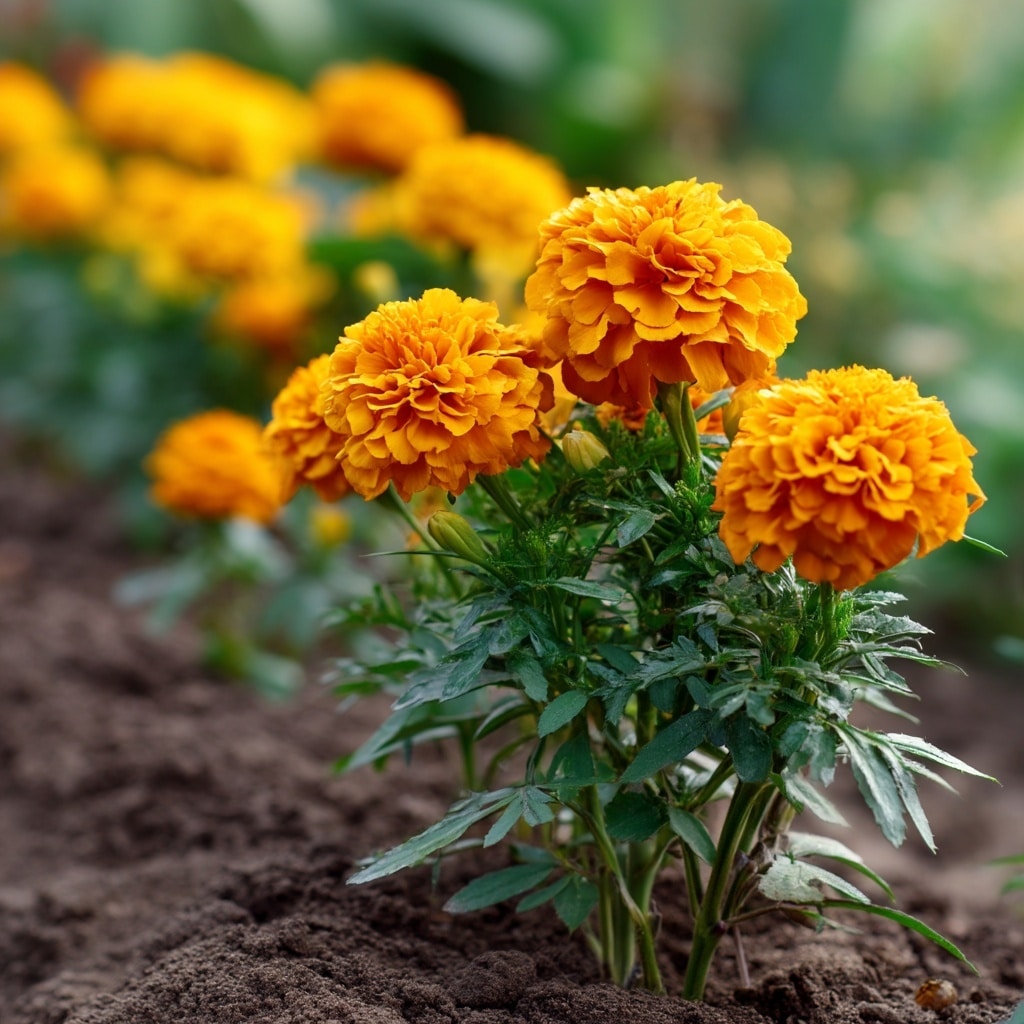
Marigolds might not be the first plant you think of when picturing a daisy, but their sunburst form and bright centers share that same cheerful vibe. These hardy flowers bloom profusely and deter pests, making them both beautiful and practical additions to your garden.
Growing tips:
- Sunlight: Full sun
- Soil: Light, well-drained
- Bloom Time: Early summer through frost
Bonus: Use marigolds near vegetable gardens to naturally repel nematodes and unwanted insects.
16. Cineraria (Pericallis × hybrida)
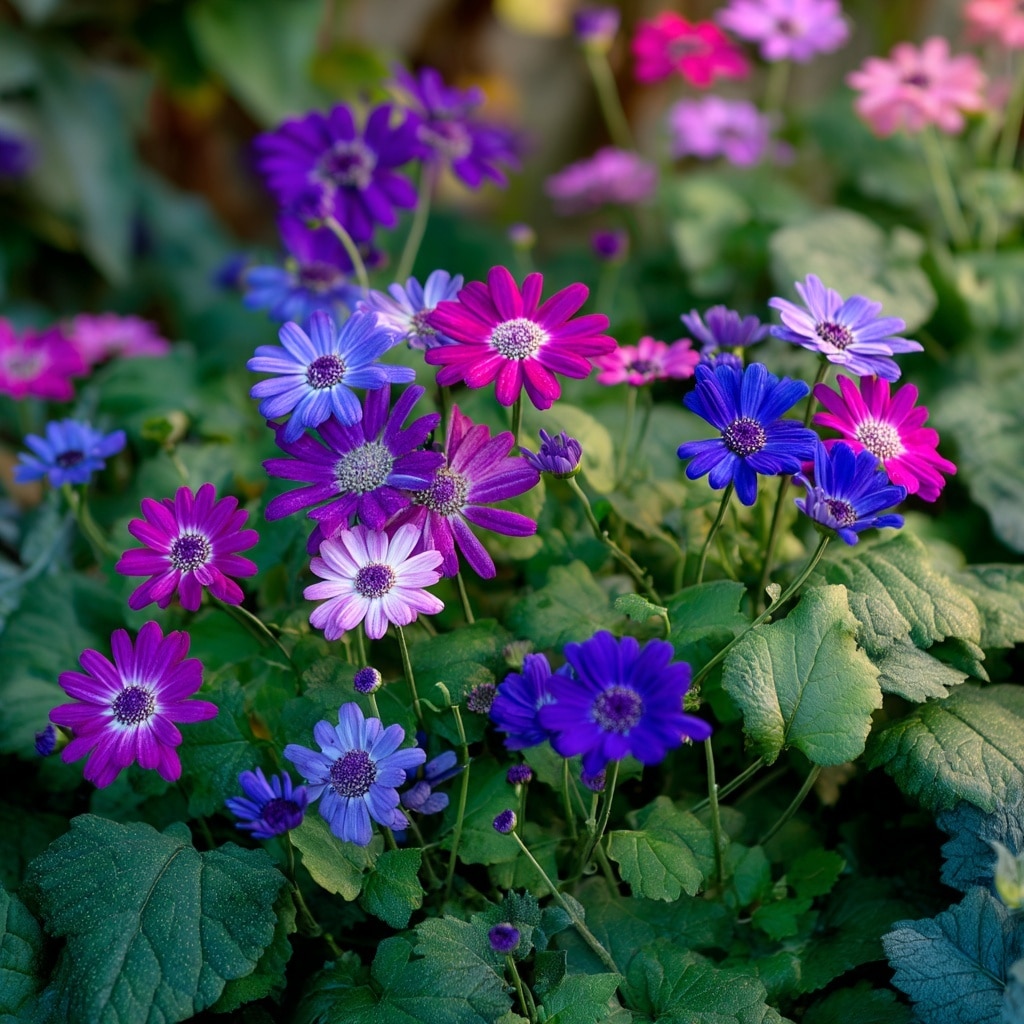
Cineraria dazzles gardeners with its vivid daisy-like blooms in shades of purple, magenta, and blue, each with striking white or yellow centers. These compact flowers are perfect for brightening shaded patios, window boxes, or indoor planters during early spring.
Growing tips:
- Sunlight: Partial shade
- Soil: Moist, well-drained, rich in organic matter
- Bloom Time: Late winter to early spring
Pro tip: Keep Cineraria in cooler temperatures to prolong its blooming season and prevent wilting.
17. Leopard’s Bane (Doronicum orientale)
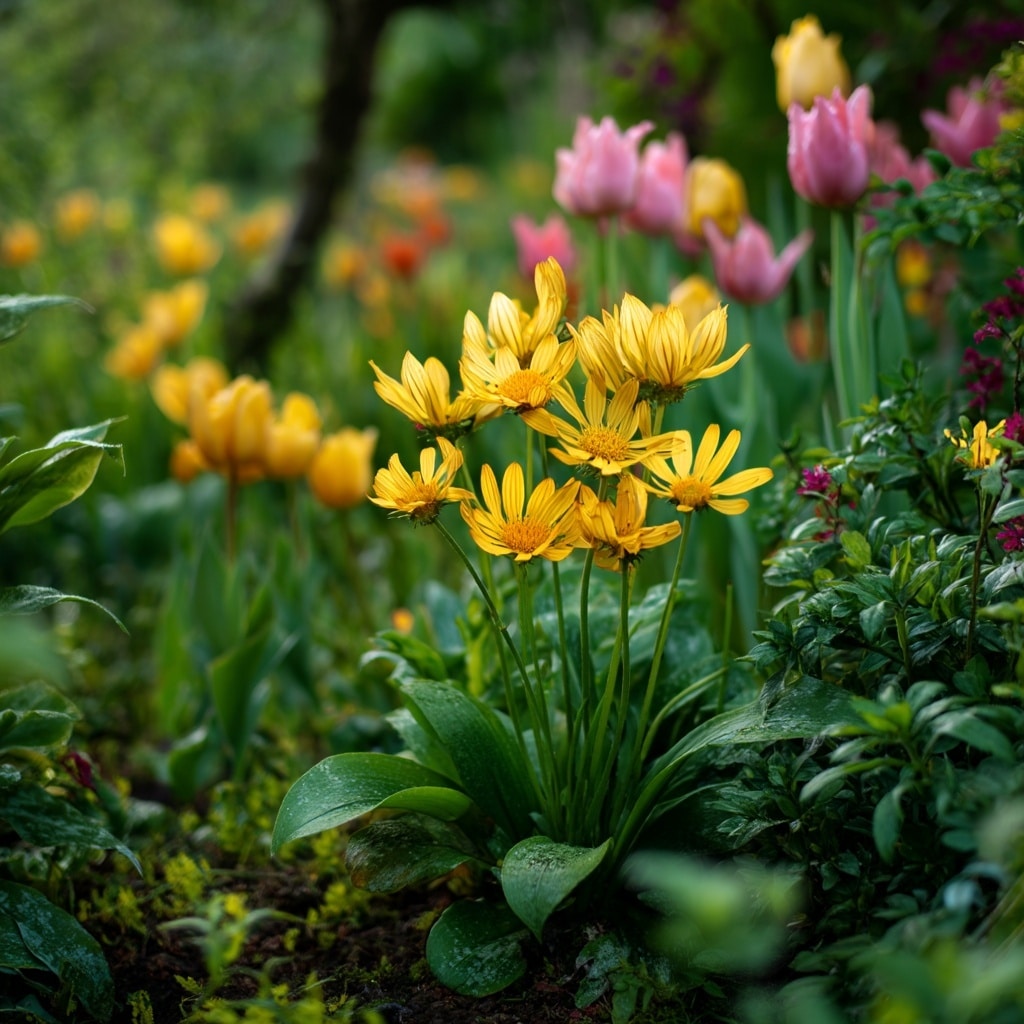
Leopard’s Bane offers one of the first bursts of color in spring, with bright yellow petals and soft green foliage that bring sunshine to shady garden corners. Its delicate daisy appearance makes it an ideal border flower or companion for tulips and forget-me-nots.
Growing tips:
- Sunlight: Partial shade to full sun
- Soil: Moist, humus-rich
- Bloom Time: Early to mid-spring
Fun fact: Despite its cheerful name, Leopard’s Bane is mildly toxic — keep it away from pets and children.
18. Ligularia (Ligularia dentata)
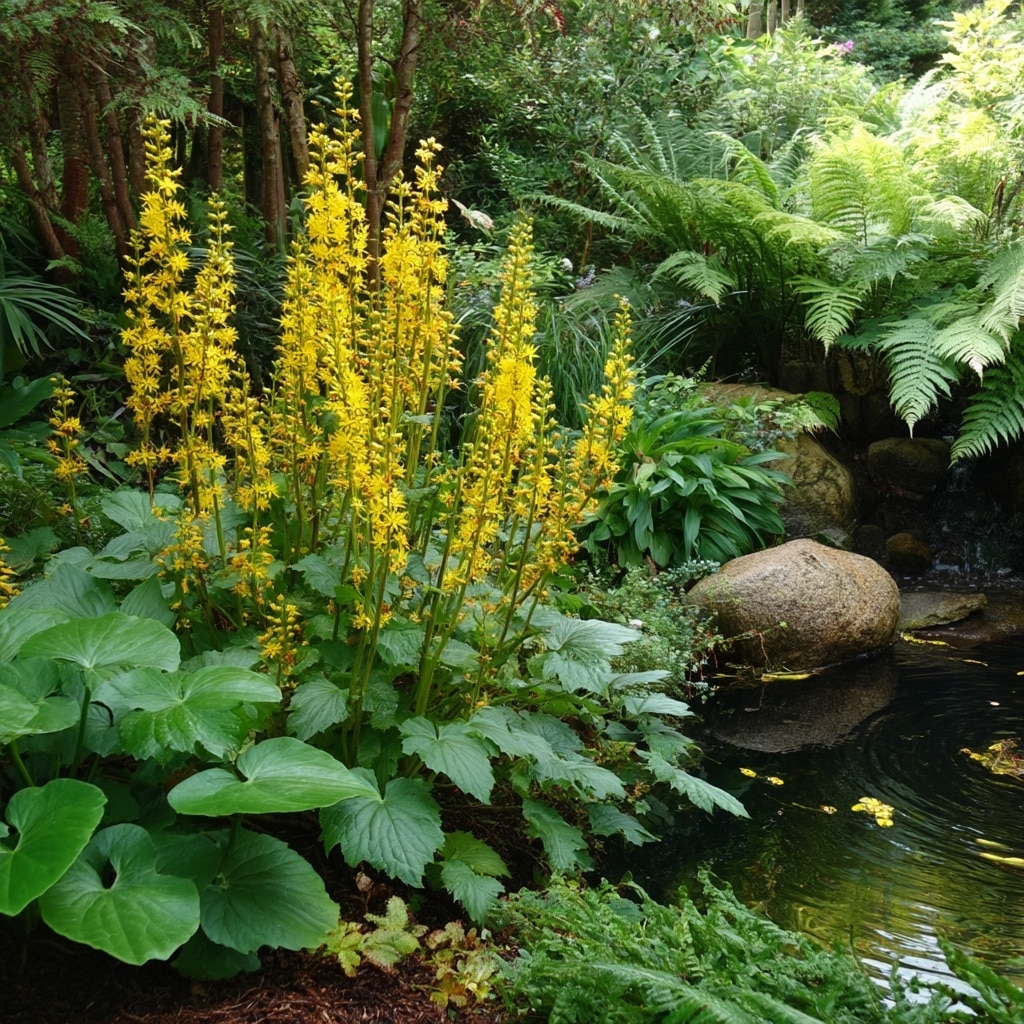
Ligularia brings bold structure and color to any daisy-inspired garden. Its large, heart-shaped leaves contrast beautifully with golden-yellow flowers that resemble oversized daisies. It thrives near ponds, streams, or damp garden corners where few other flowers flourish.
Growing tips:
- Sunlight: Partial shade
- Soil: Consistently moist, rich
- Bloom Time: Mid to late summer
Pro tip: Combine Ligularia with ferns or hostas for a lush, tropical look in shaded areas.
Conclusion
From hardy perennials to exotic succulents, these 18 daisy-like flowers prove that you can enjoy cheerful blooms in every shape, size, and season. Whether you’re designing a vibrant wildflower meadow or a refined coastal garden, these varieties capture the essence of the beloved daisy while adding new textures and colors to your space.
Plant a mix of these beauties for a garden that blooms from spring through fall, keeping that signature daisy charm alive all year long.

